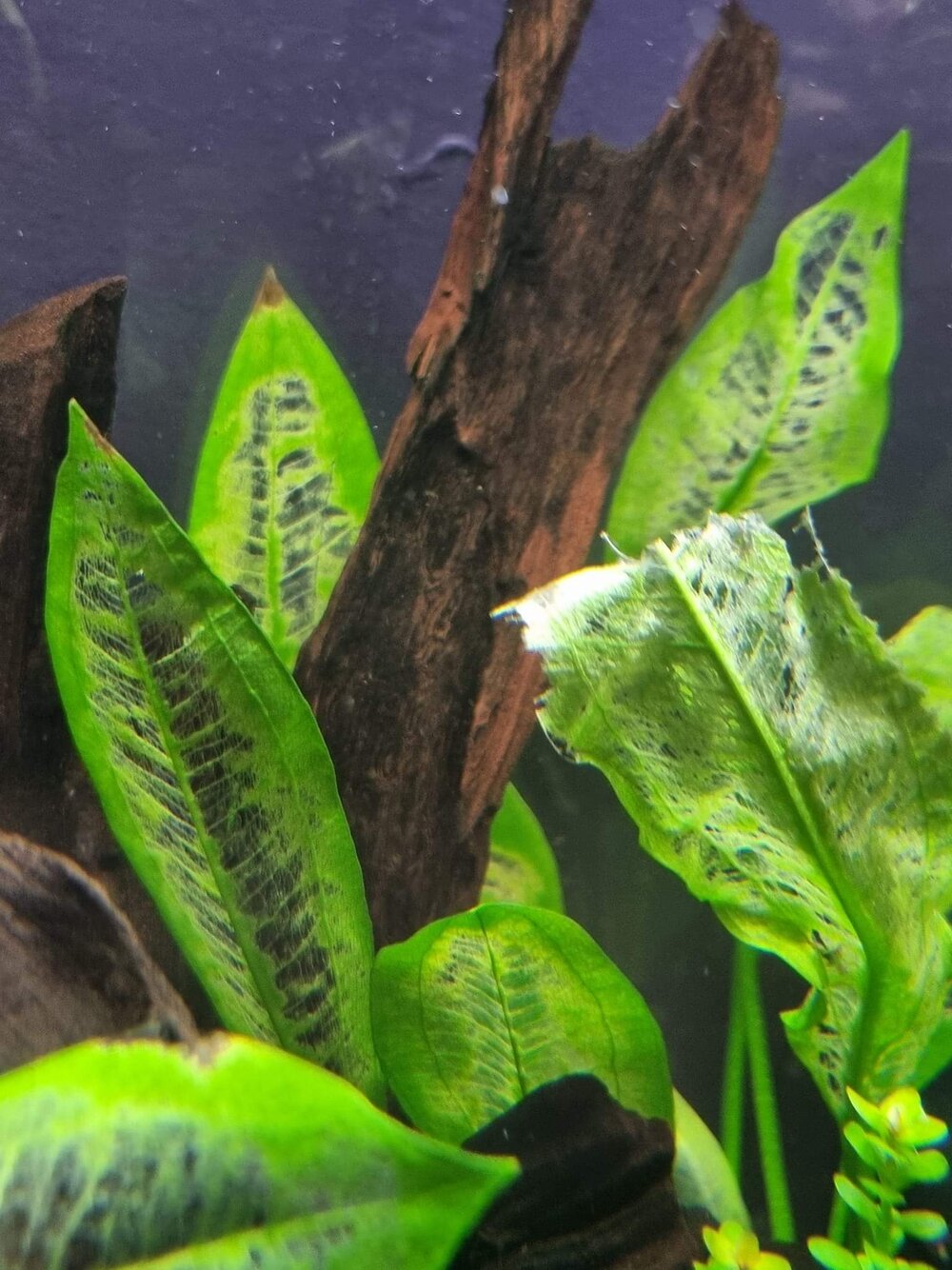IrvineHimself
Member
I had the first of my cataracts done just under two weeks ago and noticed that there are little holes appearing in the leaves of the lobelia plants I planted last week. With big leaves and a deep red underneath, they were certainly grown emmersed. So, it is possible that the holes [like the smaller new growth leaves] are just the plant adapting to being immersed?
Originally, I was only dosing with 'TNC Lite', but on @Wookii's suggestion, I switched to 'TNC Complete' the week before I planted the forest. In addition, I also used about half a dozen 'TNC Plugs' in the substrate of the forest.

Anybody any views on this?
Thanks
Irvine
Edited to add clarity.
Originally, I was only dosing with 'TNC Lite', but on @Wookii's suggestion, I switched to 'TNC Complete' the week before I planted the forest. In addition, I also used about half a dozen 'TNC Plugs' in the substrate of the forest.
Anybody any views on this?
Thanks
Irvine
Edited to add clarity.



